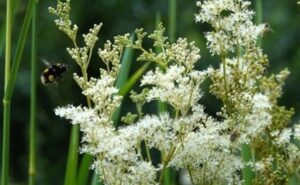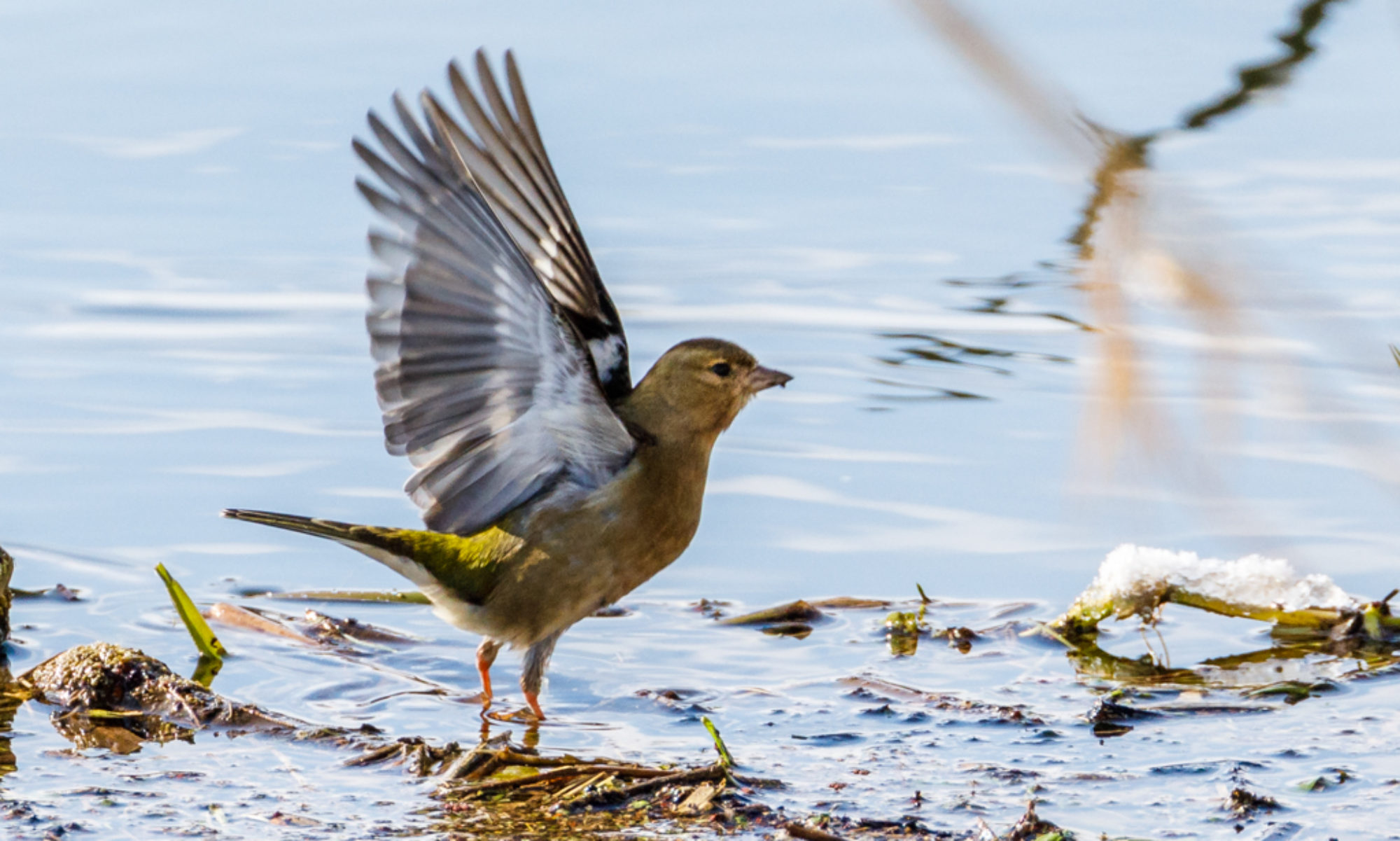Agriculture and urban expansion have put pressure on some of the most valuable habitats for pollinators in our region. Many of the remaining wildflower-rich habitats are small and increasingly isolated within the landscape. A new B-Lines project by the Invertebrate Conservation Trust, Buglife, and funded by Defra, aims “to create an interconnected web of potential and existing wildflower habitats across the UK, aiming to help restore populations of insects”.

Norwich is at a B-lines crossroads. One of the B-lines follows the Yare Valley from Whitlingham Broad through Lakenham wetlands, Marston Marsh and Eaton Common, before turning south towards Diss. The B-lines will help link the saltmarsh and coastal habitats to the region’s inland wetlands, heathlands, flower-rich grasslands and brownfield sites. The B-lines will benefit a whole host of species, including important pollinators.
If you live, work, own land or go to school on a B-Line, Buglife gives guidance on how you can help with the project. Buglife quotes Richard Attenborough:
‘If we and the rest of the back-boned animals were to disappear overnight, the rest of the world would get on pretty well. But if the invertebrates were to disappear, the world’s ecosystems would collapse.’
